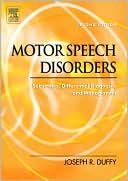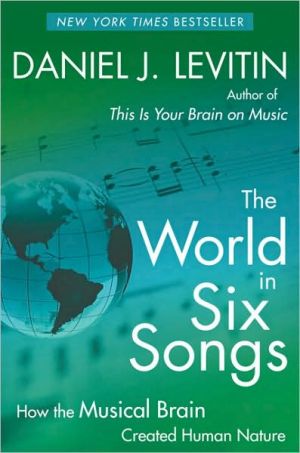Essentials of Audiology
Praise for this book:\ This unique book encompasses everything from hearing science and psychoacoustics to hearing conservation and basic audiometry...explaining it at beginner's level while providing a more in-depth look for the more experienced.—Doody's Review\ The third edition of the successful Essentials of Audiology is a comprehensive introduction to the entire field of audiology. Retaining the user-friendly approach of previous editions, it incorporates current scientific and clinical...
Search in google:
The third edition of the successful book retains the user-friendly approach of previous editions and incorporates current scientific and clinical knowledge to provide students with a solid foundation in the core audiological concepts. New study questions at the end of each chapter enable review of key topics. Fred H. Bess This introductory text for the professions of speech-language pathology and audiology book covers such topics as acoustics, anatomy and physiology, sound perception, auditory disorders and the nature of hearing impairment, methods of measurement, screening, clinical assessment and clinical management.in 16 chapters and appendixes. According to the author, the purpose of this book is to serve as a comprehensive introductory text for students who are preparing to enter either audiology or speech-language pathology. The book is intended to serve as a core text for undergraduate training. It accomplishes this task by covering a wide range of topics concerned with hearing. Intended for undergraduate students in speech-language pathology and audiology, the book could also be used at the introductory level for graduate level students in audiology. The references reflect current literature as well as up-to-date procedures used in clinical audiology. Useful headings, overviews, and summaries of the chapters aid the reader in following the topics or quickly finding specific information. Figures are used generously throughout to highlight information of importance. The book does offer an expert comprehensive review of the field of audiology, but it is probably too comprehensive for beginning students (especially speech-language pathologists). However, the book could continue to serve as an excellent resource once students have completed their degrees. It is questionable whether two of the chapters (""Nonorganic Hearing Loss"" and ""The Effects of Noise and Industrial Audiology"") could be treated as separate sections in other chapters. It is unfortunate that the author chose to treat thetopic of communicative approaches for children with hearing impairment -- a topic of great concern to speech-language pathology students -- in less than two pages. Overall, however, this is a well-written, well-designed book that should serve as a valuable resource to students interested in pursuing the profession of audiology.
Preface1Acoustics and Sound Measurement12Anatomy and Physiology of the Auditory System373Measurement Principles and the Nature of Hearing914The Audiometer and Test Environment1195Pure-Tone Audiometry1396Auditory System and Related Disorders1737Acoustic Immittance Assessment2198Speech Audiometry2579Clinical Masking29110Behavioral Tests for Diagnostic Assessment31911Physiological Methods in Audiology34912Assessment of Infants and Children37713Audiological Screening39714Nonorganic Hearing Loss42115Audiological Management of the Hearing Impaired44316The Effects of Noise and Industrial Audiology501Appendixes543Author Index559Subject Index567
\ From the PublisherEach chapter closes with a series of questions to aid self-assessment, which are actually quite encouraging...an invaluable addition to any ENT departmental library.—The Journal of Laryngology & OtologyThis unique book encompasses everything from hearing science and psychoacoustics to hearing conservation and basic audiometry...excels at addressing...particular [topics]...explaining [them] at a beginner's level while...providing a more in-depth look.—Doody's ReviewEncompasses both the clinical profession dealing with hearing and balance disorders and the scientific study of normal and abnormal audition and related areas...The new edition has been revised in accord with changes in the clinical science, guidelines, standards, regulations, and technical matters.—SciTech Book NewsA comprehensive collection of many, if not all, aspects in the field of diagnostic audiology...the layout of the book is very user-friendly and easy to read...covers virtually most every subject in the field of audiology.—Otology & NeurotologyClear, accurate and informative...user-friendly and succinct...providing students with a firm foundation on which to build their knowledge.—ENT & Audiology News\ \ \ \ \ From The CriticsReviewer: Ahmad Alexander, BS(Louisiana Tech University)\ Description: This unique book encompasses everything from hearing science and psychoacoustics to hearing conservation and basic audiometry. \ Purpose: It is intended as a comprehensive overview of audiology at the introductory level, covering such topics as acoustics, anatomy and physiology, sound perception, auditory disorders and the nature of hearing impairment, methods of measurement, screening, clinical assessment, and clinical management. In this way, it can be an introductory resource for beginners in the field of communication sciences and disorders, as well as a quick reference for practitioners and others who are more experienced.\ Audience: According to the author, the book is targeted at students entering the fields of speech-language pathology or audiology. It is intended to serve as the core text for undergraduate students in speech, language, and hearing, as well as to serve the needs of beginning-level graduate students who want to learn or review the fundamentals of audiology. \ Features: "The book covers everything from the management of pediatric clients to the rehabilitation of geriatric clients. It excels at addressing a particular topic, such as masking, explaining it at a beginner's level while at the same time providing a more in-depth look for the more experienced. The only shortcoming is in the area of vestibular/balance testing and interpretation, which could have used more detailed information. "\ Assessment: What stands out about this book is the way it covers a wide array of topics without sacrificing substance.\ \ \ Fred H. BessThis introductory text for the professions of speech-language pathology and audiology book covers such topics as acoustics, anatomy and physiology, sound perception, auditory disorders and the nature of hearing impairment, methods of measurement, screening, clinical assessment and clinical management.in 16 chapters and appendixes. According to the author, the purpose of this book is to serve as a comprehensive introductory text for students who are preparing to enter either audiology or speech-language pathology. The book is intended to serve as a core text for undergraduate training. It accomplishes this task by covering a wide range of topics concerned with hearing. Intended for undergraduate students in speech-language pathology and audiology, the book could also be used at the introductory level for graduate level students in audiology. The references reflect current literature as well as up-to-date procedures used in clinical audiology. Useful headings, overviews, and summaries of the chapters aid the reader in following the topics or quickly finding specific information. Figures are used generously throughout to highlight information of importance. The book does offer an expert comprehensive review of the field of audiology, but it is probably too comprehensive for beginning students (especially speech-language pathologists). However, the book could continue to serve as an excellent resource once students have completed their degrees. It is questionable whether two of the chapters (""Nonorganic Hearing Loss"" and ""The Effects of Noise and Industrial Audiology"") could be treated as separate sections in other chapters. It is unfortunate that the author chose to treat thetopic of communicative approaches for children with hearing impairment -- a topic of great concern to speech-language pathology students -- in less than two pages. Overall, however, this is a well-written, well-designed book that should serve as a valuable resource to students interested in pursuing the profession of audiology.\ \ \ \ \ BooknewsA copiously illustrated introductory text for audiology and speech- language pathology students. It covers topics including acoustics, anatomy and physiology, sound perception, auditory disorders and the nature of hearing impairment, methods of measurement, screening, clinical assessment, and clinical management. The author teaches in the department of linguistics and communication disorders, Queens College (NY), and in the doctoral program in speech and hearing sciences, City U. of New York. Annotation c. Book News, Inc., Portland, OR (booknews.com)\ \ \ \ \ 3 Stars from Doody\ \
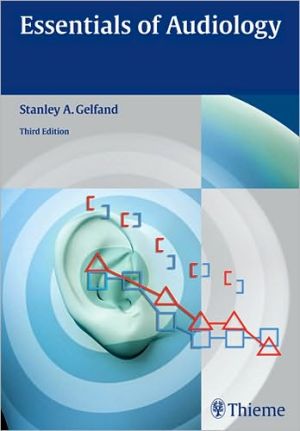
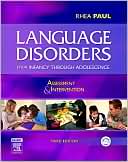

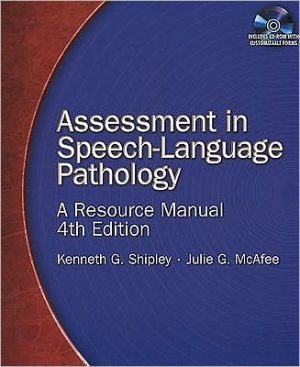
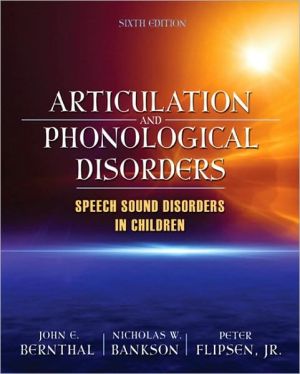
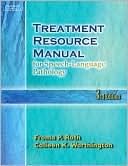
![Introduction to Audiology [With CDROM] Introduction to Audiology [With CDROM]](/application/data/covers/31/18/9780205593118.jpg)
